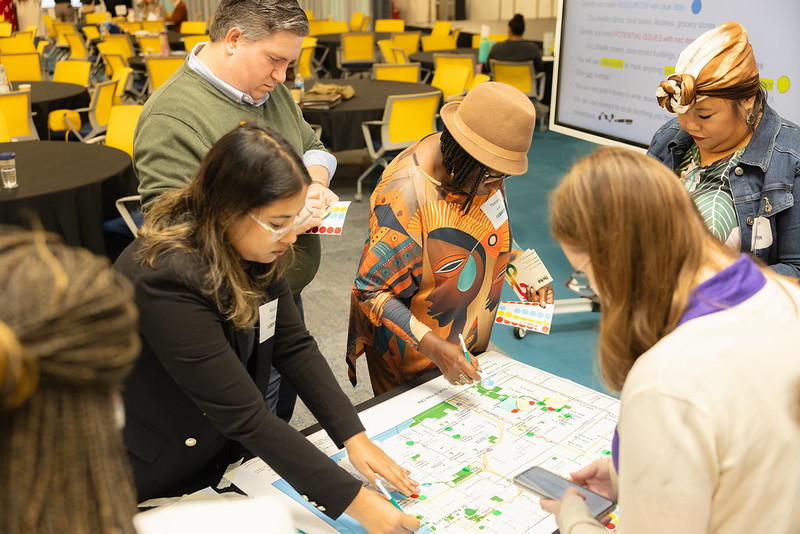This Data Explorer is designed to help the user understand that historic and current policies and practices have reduced opportunity for people who are not white with the hope that this data can contribute to lasting changes. Changes that would increase racial equity – so that fairness and justice will be the norm in Pinellas County.
Data tends to highlight the ways that communities are compromised, showing despair rather than the assets, both human and physical. Seldom do data show all the capability and potency that exists but is not yet visible to everyone and is not yet connected.
The Data Explorer aspires to connect more fully with residents who best know their neighborhoods so that a more complete and accurate picture is made visible – a picture that includes data that also highlight assets rather than just the challenges. The Data Explorer will evolve with the guidance and insight of the residents who are most significantly impacted by racial equity.
The overriding assumptions are that IF the wisdom, power, and talents of those who have been pushed to the margins of the economy by historic and current policies and practices were included and connected, the local economy and overall wellbeing would be greater, there would be better health and greater civic engagement and greater trust within the community as a whole.
Access the Dashboard










